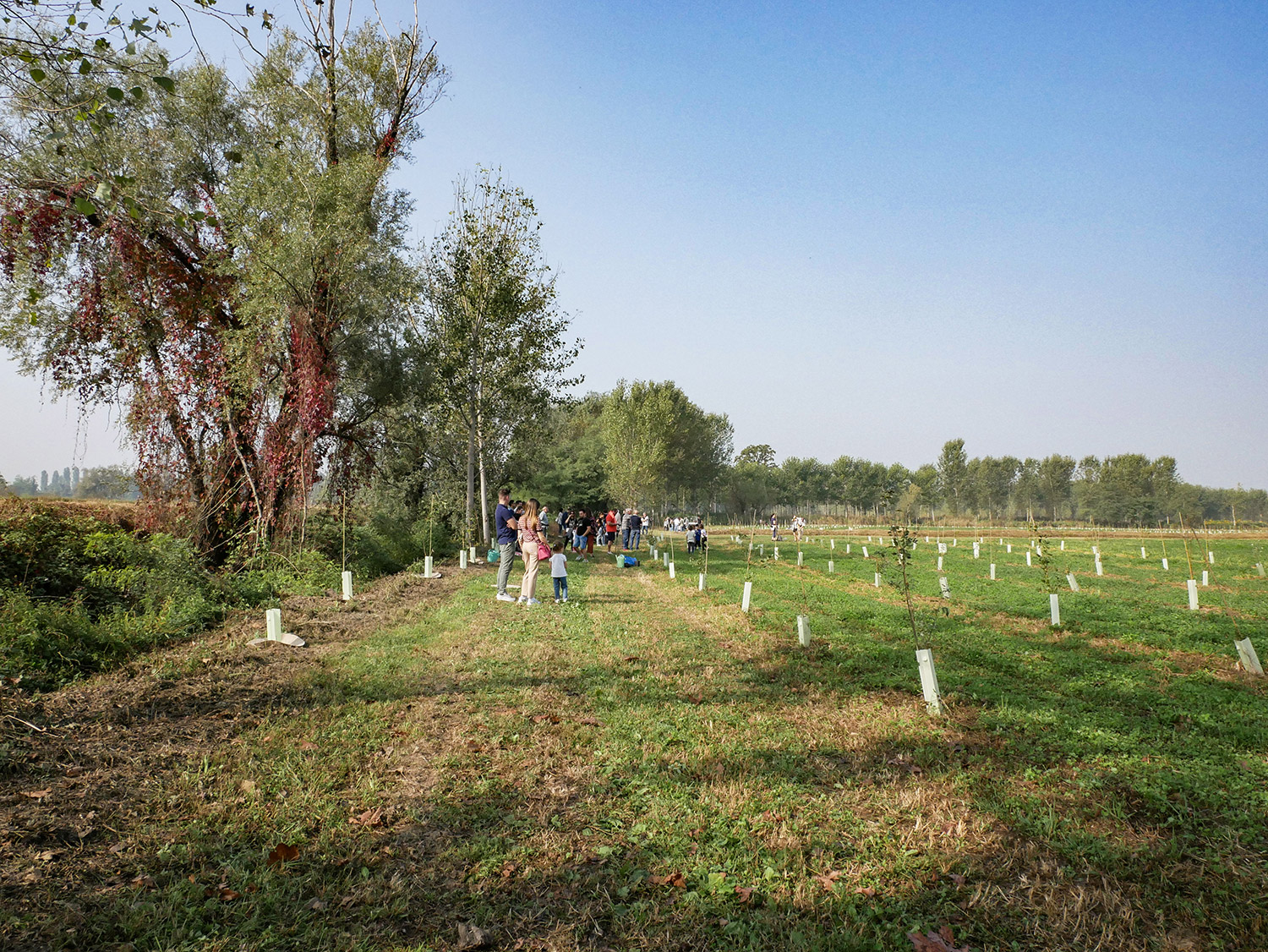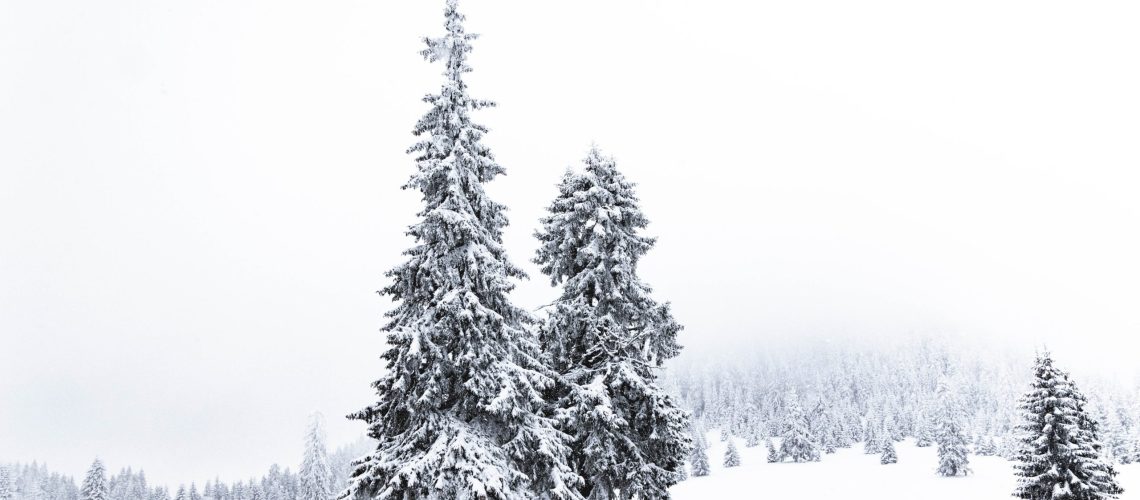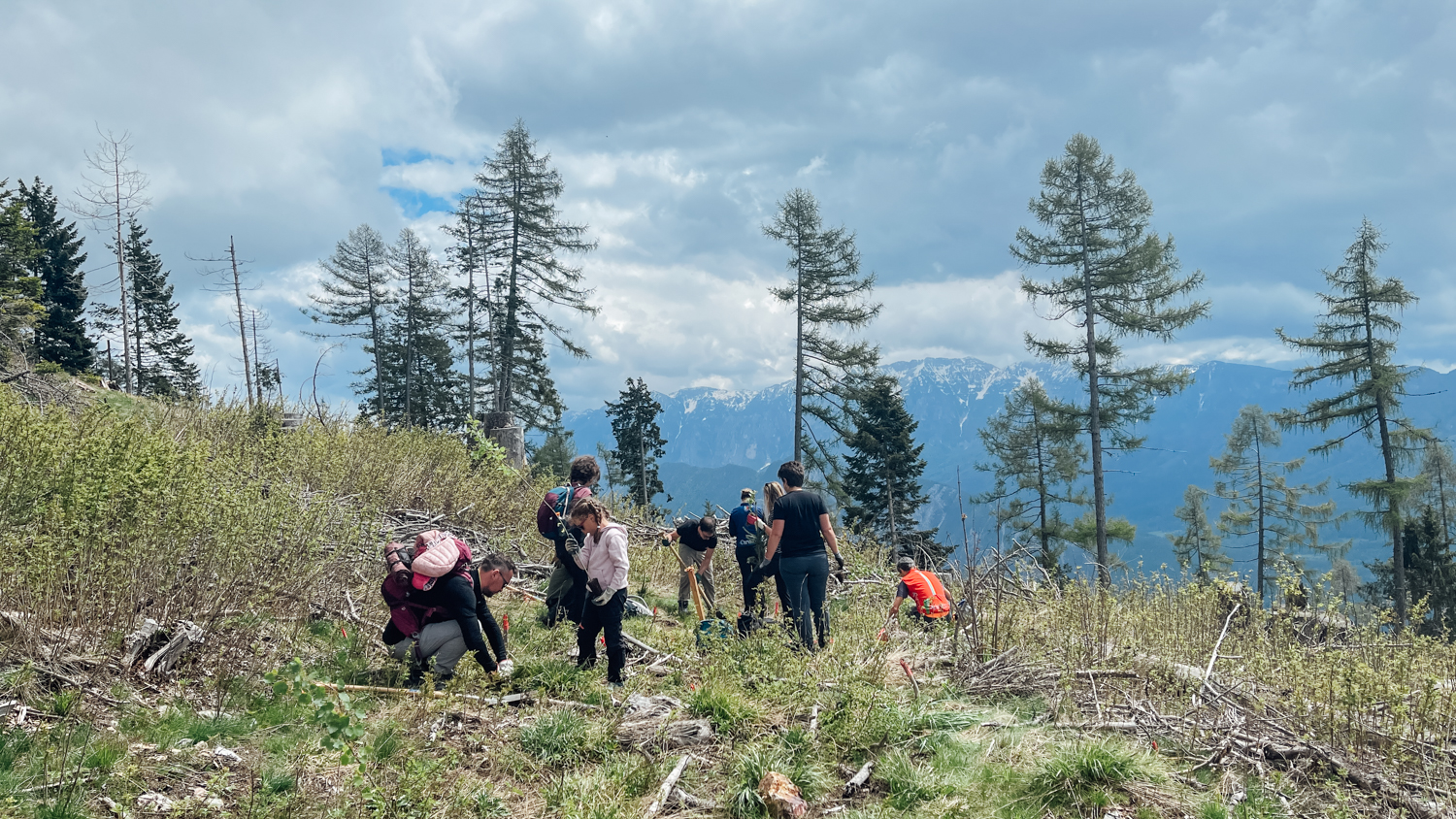
We celebrate snow because it’s good for our forests
World Snow Day and all related activities has its roots in 2007: it was in fact conceived as part of a wide-ranging campaign dedicated to children and their families with the slogan “Let’s take the kids to the snow“. The initiative, which this year will fall on 16 January 2022, was set up also and above all in the light of a negative trend that has been consolidating in recent years and that sees a decrease in the number of people practising these disciplines.
But the problem is also to be found in climatic changes, not only in sporting habits and in the choice of which disciplines to practice: according to the data of the Pre-Alpine Geophysical Center, since the 60s snowfalls have decreased constantly, so much so that the amount of snow deposited on the ground has even halved. And this is a problem first of all for the soil and the forests before the related economic activities.
The benefits of snow
And it is for this reason, because of the scarcity of snow that has been recorded in recent decades – and we are not talking about the snowfall of last winter which, for example, almost completely submerged villages such as Arabba and created enormous inconvenience to many Alpine and Dolomite valleys – that on January 16 we would like World Snow Day 2022 to be an opportunity to remember how fragile our ecosystems are but, above all, how each element is intimately linked to the whole: if even a small piece is missing, if even a small thing is not working well, then the Planet is no longer in balance.
In a previous article, we delved into this topic and pitted all the benefits of snow. Here are some of the benefits that snow brings to the soil, trees, forests and therefore to us:
- Snow is a critical water resource: think that ten inches of snow is worth a slow-release reserve of 10 milligrams of water;
- protects tree roots from frost: it is the natural insulating effect;
- protects young plants from hungry ungulates such as deer, roe deer and ibex, which are very fond of young plants;
- it supports evergreen plants, nourishes them, capturing the nitrogen and ammonia present in the air and releasing them little by little;
- it is the snow that allows bacteria and earthworms to continue, albeit at a slower pace, their precious activity;
- it creates a thermal layer with a constant temperature and allows plants to stay healthy.







